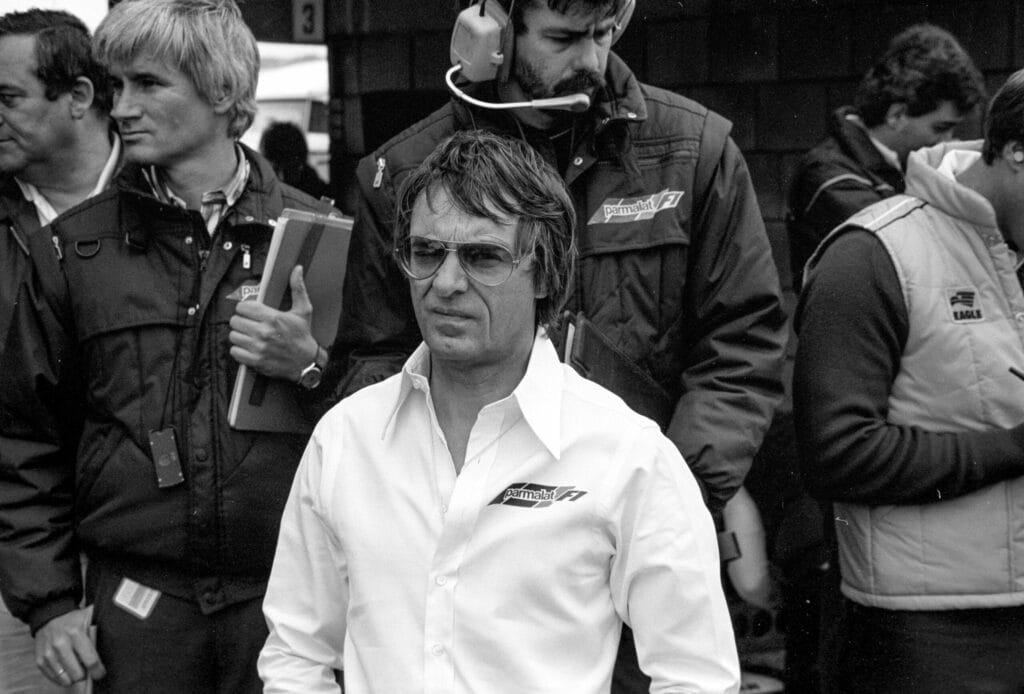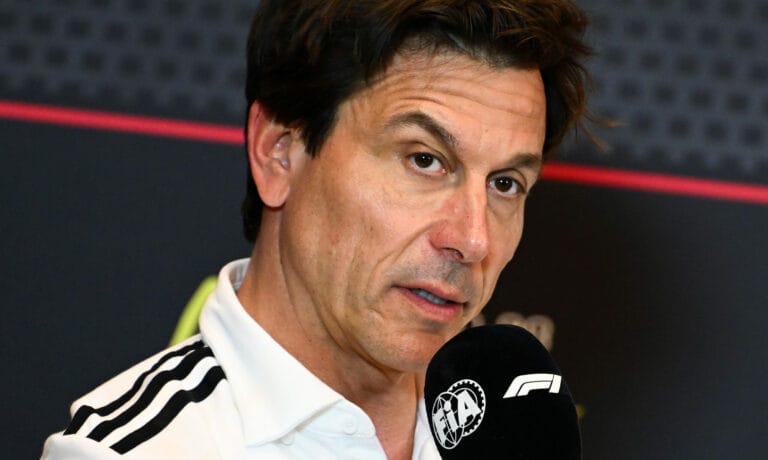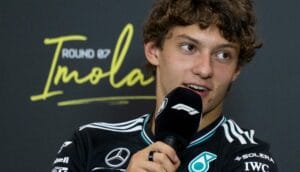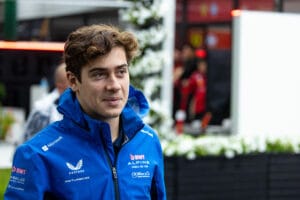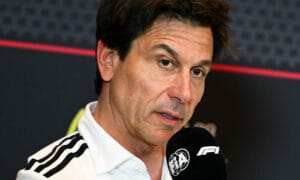The countdown to the Dutch GP has begun, and we’re taking you on a journey to Zandvoort. In this eight-part series, we highlight a unique story about the Grand Prix of the Netherlands each day. Today, part 1: Bernie Ecclestone keeps Zandvoort afloat.
Before Formula 1 returned to Zandvoort in 2021, the last Grand Prix was held at the dune circuit in 1985. What followed was a period of bankruptcies, overdue maintenance, and municipal squabbles. It would take years for Circuit Zandvoort to recover.
By the late 1980s, the Zandvoort dunes were quiet. Formula 1 had disappeared in 1985 and it was clear it was not coming back. What remained was a massive debt and a circuit that was increasingly deteriorating. The municipality of Zandvoort, then the owner of the circuit, was not willing to invest. It saw more potential in expanding the nearby Vendorado bungalow park. This was a thorn in the side of Hans Hugenholtz Jr., the son of the former circuit director Hans Hugenholtz. A respectable racer himself, he drove hundreds of laps on Zandvoort.
Seaside Water Park
“After the last Grand Prix, the municipality of Zandvoort wanted to sell a large part of the circuit’s land. The bungalow park had to expand, but a large part of the then circuit had to make way for a large water park,” Hugenholtz explains. “It’s a bit strange when you’re by the sea, but it made it clear that the circuit was an unwanted stepchild of the municipality of Zandvoort.” The swimming pool did not materialize, but the expansion of the bungalow park did. For the circuit management, it was a case of sink or swim: an alternative had to be found to keep the circuit.
It is often said that Formula 1’s departure from Zandvoort was the final nail in the coffin for the circuit. However, conversations with those involved reveal that the decay had set in much earlier. Jim Vermeulen, director of Circuit Park Zandvoort since 1981, saw the financial problems coming. In an interview with motorsport.com, Vermeulen explains that even during the years when Formula 1 was an annual guest in the dunes, there were issues with the administration.
Ecclestone’s Intervention Saves Zandvoort
“In reality, there should have been no more Formula 1 in Zandvoort after the Grand Prix of 1981,” says Vermeulen. “According to the official figures, a hundred thousand people attended the race that year. This was completely inconsistent with the income. At most, there were half that number. There were also many people who came to the circuit without a ticket and climbed under a fence somewhere. I still meet people who tell me that they have been going to the Grand Prix in this way for years without paying. We simply could not manage to properly secure the circuit.”
Through a payment arrangement with Bernie Ecclestone, Zandvoort was able to stay afloat. A year later, Zandvoort lucked out when the commercial rights holder fell short of a race on the calendar, and financed the Grand Prix for the following years.
It’s clear: these were different times, Hugenholtz also acknowledges. “You can’t imagine something like that now, Ecclestone offering to hold a Grand Prix for free! But behind the scenes, the trouble was just beginning. Financial commitments from the then Ministry of Culture, Recreation and Social Work (CRM) were thwarted by the municipality, which also gave free rein to protesting residents. Hugenholtz: “Ecclestone got wind of this and wondered why he was paying out of his own pocket for a race that apparently had no support. So it surprised no one that the last Grand Prix was held in 1985.”


